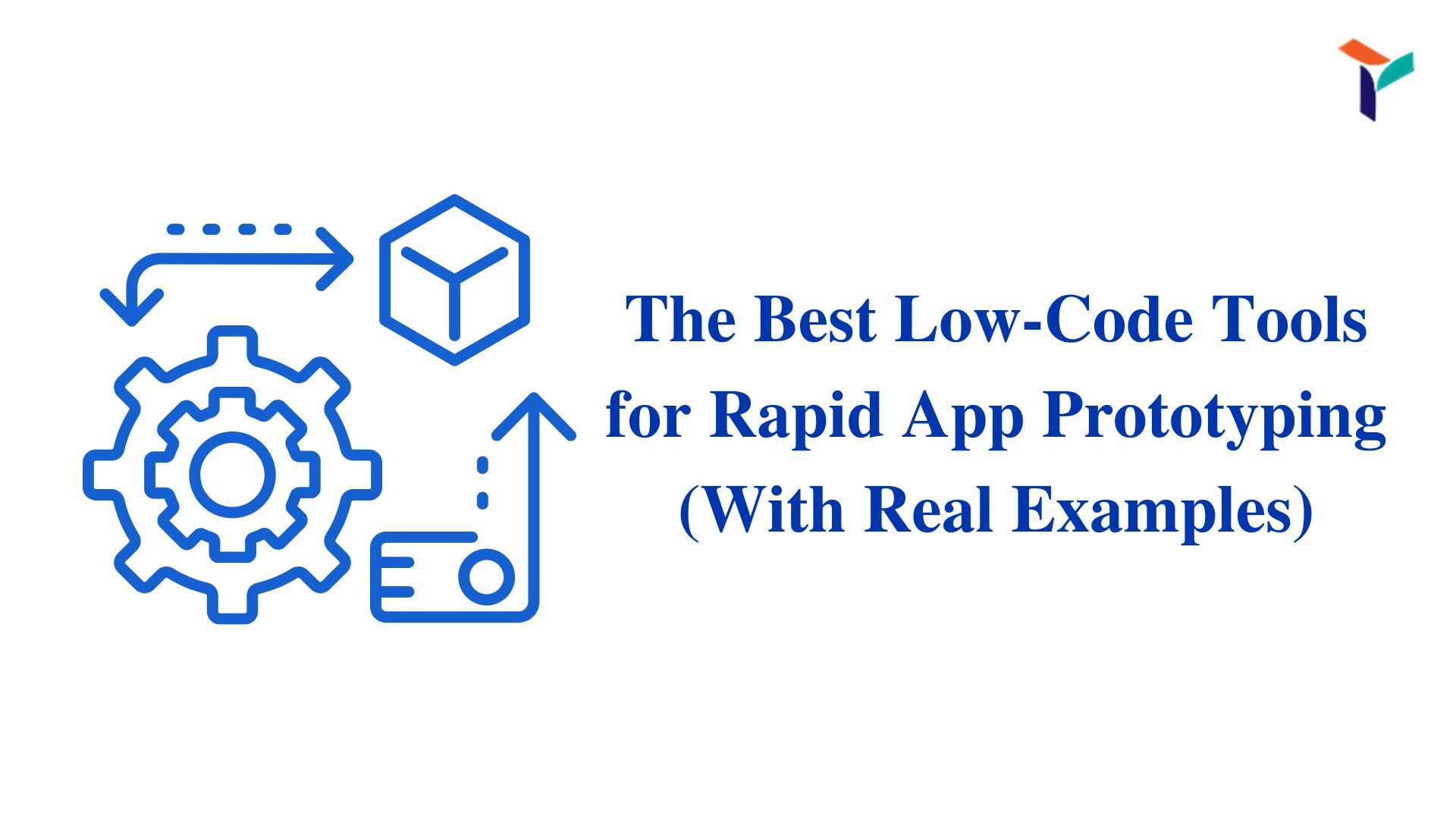Building a working prototype shouldn’t take weeks of developer time. But for many teams, early-stage app ideas get stuck in design handoffs, code dependencies, or limited dev resources. The solution? Use low-code tools for rapid app prototyping. These platforms help you ship working versions of your idea without starting from scratch, allowing you to gather feedback, validate concepts, and impress stakeholders — fast.
With the right low-code stack, even non-technical team members can contribute to building apps, while developers stay focused on complex logic. Below, we break down the best low-code platforms and real examples of how they’re used for fast, scalable prototyping.
What Makes a Good Low-Code Tool for Prototyping?
Before choosing a platform, it’s important to know what makes a low-code tool suitable for rapid prototyping:
- Speed of building and publishing changes
- Flexibility to handle real logic or workflows
- Real-time collaboration and Figma integration
- Output that can be handed off to developers or scaled
Tools that hit these marks let teams move fast while staying aligned with real product goals.
Top Low-Code Platforms to Prototype Apps Quickly
Webflow – Visual Builder with Dev-Ready Output
Webflow is a popular drag-and-drop builder that lets you design responsive websites and basic web apps. Unlike many no-code tools, it outputs clean HTML/CSS, making developer handoff smoother.
Real Example: Agencies use Webflow to spin up full client microsites or lead-gen pages in under 48 hours.
Bubble – Full-Stack Logic Without Code
Bubble allows teams to build complex web applications using workflows and data models, all without writing traditional code. It supports APIs, databases, and real-time interactions.
Real Example: Startups use Bubble to build MVPs with user accounts, dashboards, and admin logic in just a few weeks.
Adalo – Mobile App Prototypes in Hours
Adalo specializes in building mobile apps with reusable components and prebuilt templates. It makes testing user flows on mobile easy and fast.
Real Example: Founders use Adalo to validate mobile-first product ideas by launching working versions in a few days.
Bravo Studio – Turn Figma Designs into Prototypes
Bravo Studio bridges Figma to code by turning static mockups into functional apps. It supports real data and lets UX teams move from design to clickable product fast.
Real Example: Design teams use Bravo to turn high-fidelity screens into testable iOS and Android apps for stakeholder demos.
Glide – Build Internal Tools from Google Sheets
Glide helps teams turn Google Sheets into responsive web apps, dashboards, or CRMs with ease. It’s great for internal tools where data already lives in spreadsheets.
Real Example: Ops teams use Glide to digitize internal workflows, like inventory or HR tracking, in under a day.
Retool – Developer-Friendly Platform for Internal Apps
Retool is ideal when your prototype needs to connect with real APIs or data sources. Developers can drag-and-drop UI while wiring in logic with JavaScript.
Real Example: Product engineers use Retool to build admin dashboards and data viewers with minimal frontend effort.
Benefits of Using Low-Code for App Prototyping
- Rapid Iteration: Make changes to flows, UI, or logic in minutes.
- Faster Validation: Share working prototypes with users or investors early.
- Cross-Team Involvement: Designers and PMs can directly contribute.
- Lower Cost: Build testable products without hiring full-stack devs too early.
When Low-Code Prototyping Doesn’t Work
While low-code is powerful, it’s not the right fit for every case. Avoid it when:
- You need fully custom UI/UX or animations
- You require high performance or real-time computation
- Your backend logic or infrastructure is complex
In these cases, use low-code only for early-stage demos and move to custom dev when scaling.
Conclusion
Low-code tools for rapid app prototyping help teams turn ideas into testable products faster than ever. Whether it’s Webflow for websites, Bubble for web apps, or Bravo Studio for Figma-to-code workflows, each platform brings something valuable to the table.
The best approach is to pick tools based on your app’s complexity, audience, and goals. Need help choosing the right low-code setup? At TRIOTECH SYSTEMS, we help product teams accelerate their prototyping cycles without sacrificing development quality.




